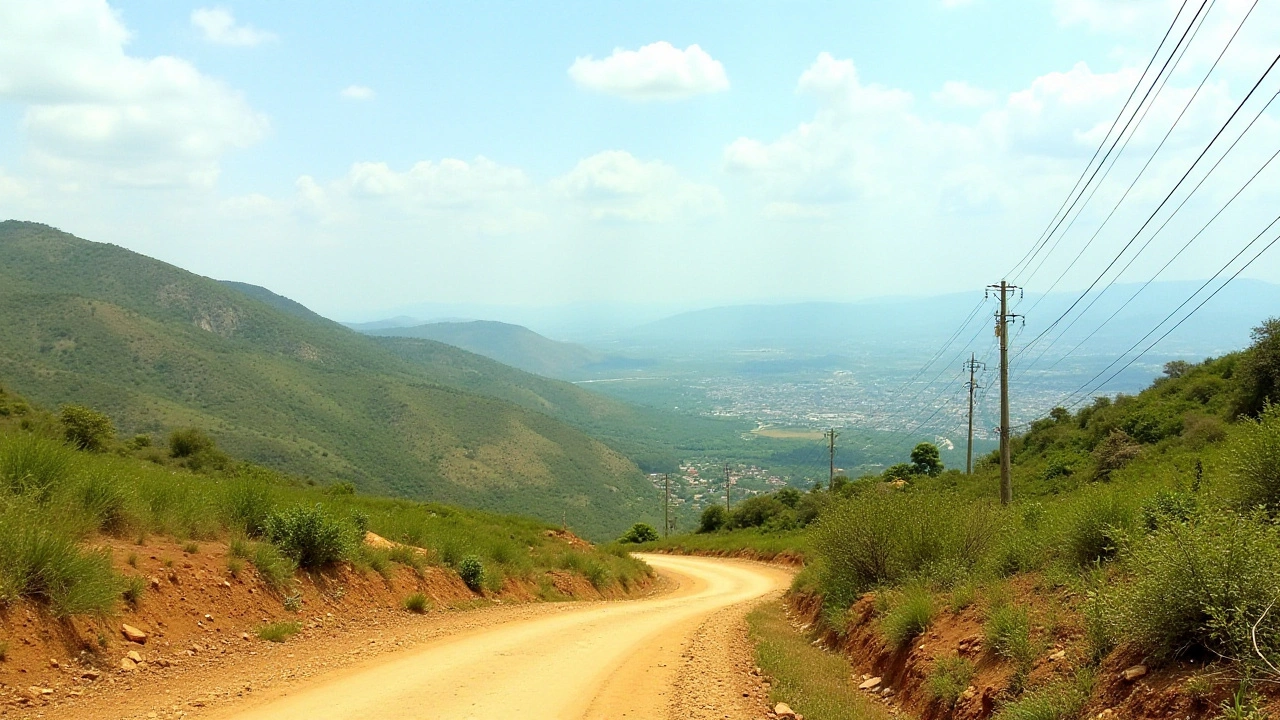Power transmission: how electricity moves from plants to your home
Ever wonder how electricity travels hundreds of kilometres and still powers your phone? Power transmission is the network of high-voltage lines, towers, substations and control systems that moves energy from generators to local grids. It’s the backbone of any modern city — and when it fails, millions can go dark fast.
This page gives plain, useful info about how transmission works, the main risks, and the trends shaping the grid today. No jargon, just the facts you need to understand news about outages, upgrades, or new projects near you.
How transmission actually works
After electricity is generated at a power plant, it is stepped up to high voltage at a substation. Higher voltage means lower current for the same power, which reduces energy lost as heat in the wires. From there, transmission lines carry power over long distances to regional substations. At regional substations, transformers step the voltage down for local distribution to homes and businesses.
There are two main ways to move bulk power: alternating current (AC) and high-voltage direct current (HVDC). AC is common for most grids and works well for local interconnections. HVDC is used for very long distances, undersea cables, or to link grids that run at different frequencies. HVDC can be more efficient over long routes and lets operators control power flow precisely.
Common problems and what they mean for you
Transmission faces a few predictable issues. Line faults from storms, trees, or equipment failure cause outages. Overloads happen when demand outpaces capacity, which can trigger rolling blackouts. Thermal losses and ageing infrastructure lower reliability and raise costs. When you read about a ‘‘grid upgrade’’ in the news, it usually means replacing old lines, adding capacity, or installing stronger monitoring systems.
Newer tech is changing the picture. Sensors and real-time controls in smart grids let operators spot problems faster and reroute power to avoid blackouts. Battery storage and flexible HVDC links help balance variable renewable sources like wind and solar. That means fewer sudden drops in supply and smoother integration of clean energy.
What can you do as a reader? First, follow local utility alerts — they often tell you which lines or substations are affected and how long repairs may take. Second, practise basic preparedness: keep a small emergency kit, have a charged power bank, and know manual ways to cook or keep warm if an outage lasts. Finally, support sensible grid investments in your community, like burying lines in storm-prone areas or backing upgrades that add capacity where demand is growing.
If you want updates, watch this tag for stories about major outages, new transmission projects, HVDC links, and how upgrading the grid affects bills and reliability. We’ll explain the technical bits in simple terms and flag what matters for households and businesses.
Got a question about a local power issue or a planned line near you? Send it our way and we’ll dig into the facts and the safety steps you should expect from your utility.



